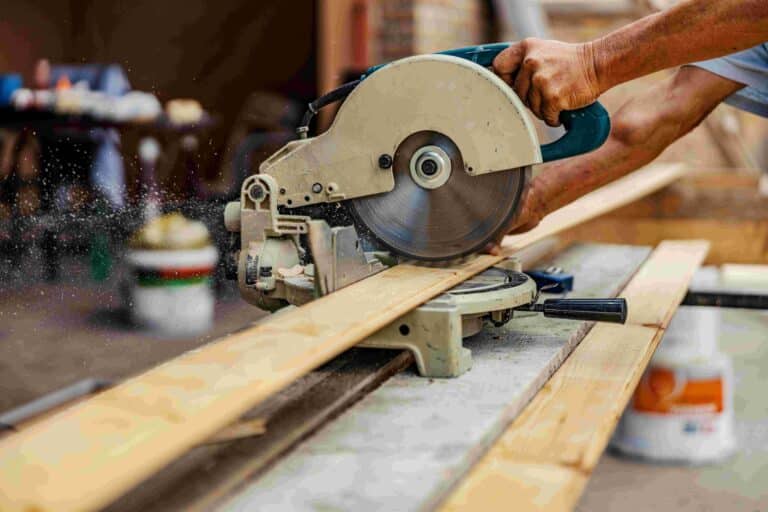To make this measure more effective and tailored to the specific context of your company, we recommend that you first perform an overall analysis of your energy situation.
Use of high-performance, combination tools to reduce cycle time
The measure involves replacing simple machining tools, changing the production mode and avoiding shutdowns for unplanned maintenance and cleaning.
- Use of high-performance machining tools to increase machining speeds.
- Use of combination machining tools to reduce the operating time of machine tools.
- Optimisation of production changes using the SMED method (Single Minute Exchange of Die – rapid tool change in less than 10 minutes).
By installing these technologies, which have been available on the market for over 5 years, companies can save up to 30% on electricity costs and reduce their carbon footprint. This measure is not simple to implement and would entail a medium-to-long term return on investment. This measure can be implemented with only a partial production shutdown during installation.
Energy and environmental impact
The unclogging timer is set so that the filter operates at maximum capacity. Considering that not all production machines are always running at maximum capacity, timed unclogging overestimates the unclogging requirement compared with reality. Unclogging a filter using a differential pressure sensor will significantly reduce compressed air consumption as it measures the condition of the filter by pressure difference. The production of compressed air has a relatively low efficiency of around 15 to 20%. The decrease in compressed air consumption is estimated at 70%.
Since the filter bags need to be unclogged much less frequently, and since the mechanical force of the compressed air is no longer applied to an unloaded filter bag, the service life of the bags is considerably increased.
Subsidy application
State subsidy application
Please note: any application for government or non-government subsidies must comply with the “incentive effect”, subject to compliance with the subsidy conditions.
To ensure that the incentive effect of the aid is respected, no binding commitments may be made (acceptance of a quote; advance)
- SME Packages – Sustainability
- Financial Aid for small and medium-sized enterprises covering up to 70% of eligible costs for the implementation of a project aimed at reducing the environmental impact. The eligible project budget must be in a range from 3.000 € to 25.000 € excl. VAT.
- For more information:
- Chambre des Métiers for craft companies
- Chambre de Commerce for businesses in the non-craft sectors
- Temporary environmental impact aid
Extended “SME Packages Sustainability” aid scheme, to give companies greater incentives to invest in measures that substantially improve their environmental impact.- Verification of company eligibility and costs: Ministry of the Economy (Department for Support to SMEs)
- Application deadline: 30 June 2025
- For any questions:
- House of Entrepreneurship of the Chamber de Commerce
- Environmental protection scheme – Investment aid for the protection of the environment
- Verification of company eligibility and costs: General Directorate for Industry, new Technology and Research
- Support in drawing up the aid application file prior to submission to the Ministry of the Economy
- For any questions: Luxinnovation
- More information on investing in the environment can be found in the Guide simplifié pour les entreprises (Simplified Guide for Businesses)
N.B. While several state subsidies cannot be granted for the same project, they can be combined with assistance from energy suppliers.
Subsidies from electricity and natural gas suppliers
Since 2015, natural gas and electricity suppliers are required to make energy savings for consumers under the obligation scheme. Since then, energy suppliers have been offering support and advice, as well as subsidy programmes for consumers to implement energy efficiency measures. The amount of the premium is proportional to the annual energy saving (in MWh). The following suppliers offer this service for companies:
N.B.: Supplier subsidies can be combined with a state subsidy for the same project.
